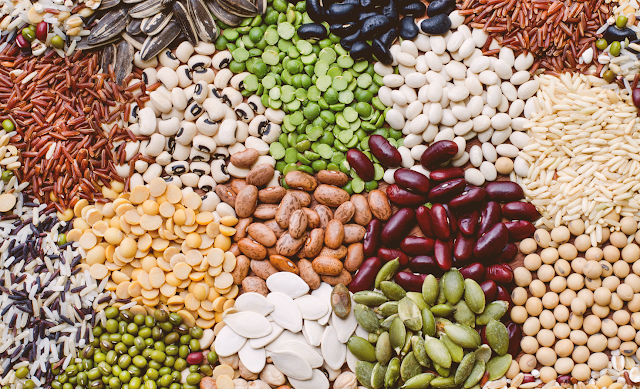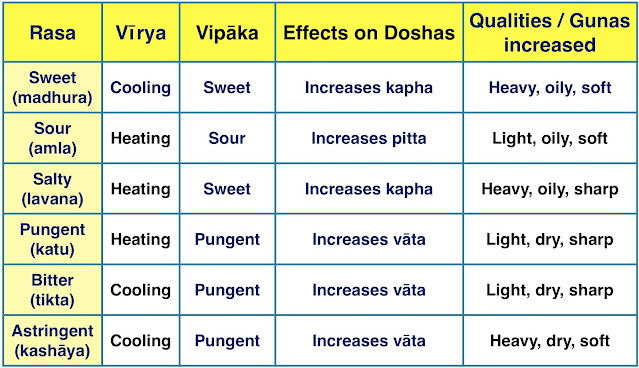Surya Namaskar / Sun Salutation

Surya Namaskar / Sun Salutation The ancient Rishis of India believed the many different parts of our body are controlled by different devas or the divine impulses. The solar plexus which is located behind the navel is the central point of our body. Solar plexus is also known as the second brain of the body which is connected to the sun. According to the Rishis, practicing Surya Namaskar regularly can enhance these solar plexuses and thereby increases a person’s creative power and intuitive abilities. Surya Namaskar yoga is believed to activate each and every part of the body which means that this powerful yoga pose has a great impact on the heart, intestine, stomach, liver, throat, chest, legs, and the muscles of our body. From ancient times Surya Namaskar were practiced in India. Vedas also discuss about Surya Namaskar before starting daily routine. In Ramayana there is a description of Rama getting initiated in...


